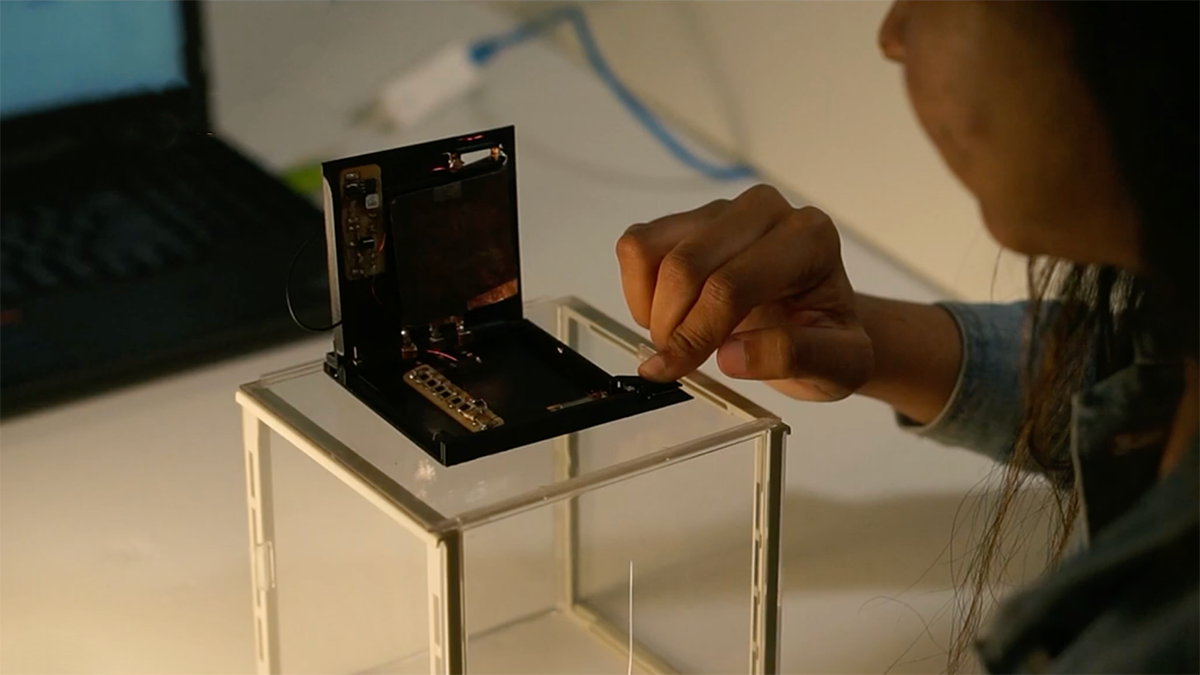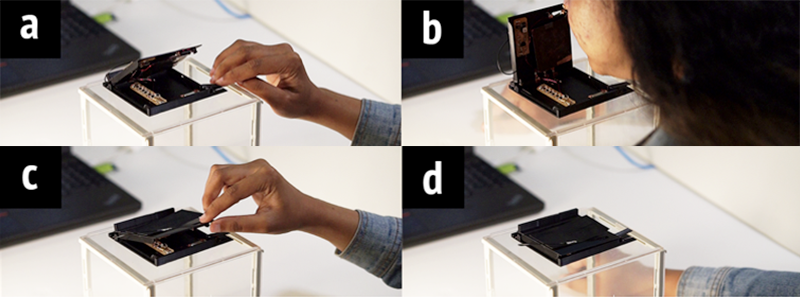Unplugging doubt
Ryan Noone
Dec 21, 2023

Have you ever felt like your smart speaker is listening to you? Well, that’s because it is.
Smart speakers and other Internet of Things (IoT) devices often have always-on microphones to enable voice-based interaction. While some companies have implemented a mute button or local trigger-word detection (e.g., “Hey Siri”) to address customer privacy concerns, many people remain skeptical of whether these safeguards actually work.
“When you consider the manufacturers of smart speakers, they are often companies that gain significant advantages from collecting users’ personal data,” explains Sauvik Das, assistant professor at Carnegie Mellon’s Human-Computer Interaction Institute. “Many users are aware that their smart speakers have built-in microphones, but they are unsure about when the speakers are recording data and what data is ultimately being transmitted and processed.”
To tackle this issue, Das and fellow researchers began looking for ways to disable smart speakers’ microphones and offer users perceptible assurance that they aren’t being recorded.
“We investigated the various methods that users resort to in order to protect their privacy from smart speakers and discovered that a significant number of individuals simply unplug their devices,” said Das. “Power serves as a trustworthy interface for people. They comprehend that the device cannot be activated in the absence of power, which instills a sense of confidence.”
In their paper, “Powering for Privacy: Improving User Trust in Smart Speaker Microphones with Intentional Powering and Perceptible Assurance,” Das and collaborators propose a new concept of “intentionally powered” microphones. Through an iterative design process, the authors developed Candid Mic, a wireless, battery-free microphone that can only be powered using the energy harvested from intentional user interactions. Additionally, the design enables users to inspect the connection between the energy harvesting module and the microphone, providing increased physical assurance.

When unmuting Candid Mic, a user presses a lever to open the cover (a), and says voice commands once the cover is open (b). Otherwise, the user can manually close the cover.
The researchers’ prototype uses a clamshell case to connect and disconnect the speaker microphone from the power source. Both the position of the case (open or closed) and an electrochromic ink display provide users with visual indicators of whether the microphone is being powered or not.
Researchers conducted a user study to gauge the effectiveness of their innovative privacy solution. The results indicated that participants demonstrated a greater level of trust in Candid Mic compared to the current privacy features found in smart speakers like Amazon’s Echo Dot. This heightened trust was primarily attributed to Candid Mic’s distinctive physical power disconnection feature, which allows users to independently confirm the deactivation of the microphone.
The authors’ research expands the possibilities for a novel category of deliberately powered sensors, enabling users to harness the advantages of smart environments without sacrificing their privacy preferences.
